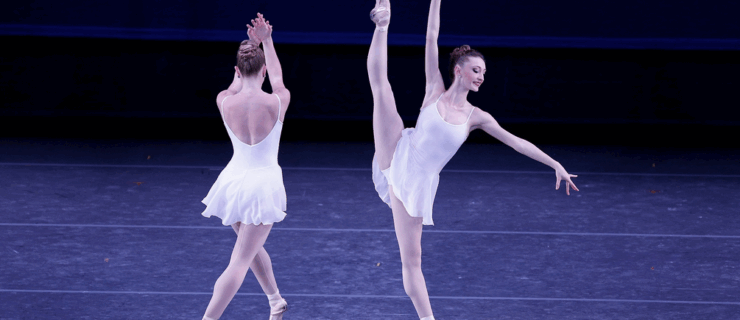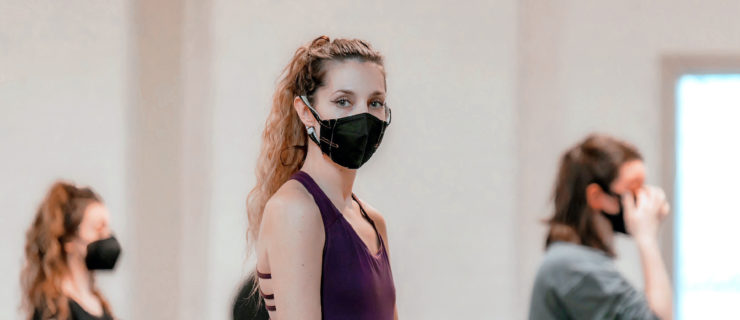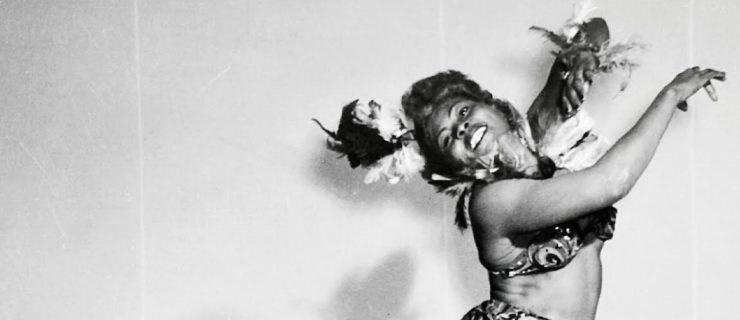5 Iconic Black Artists Who Changed Dance History
Throughout history, trailblazing Black dancers pushed dance and choreography into the future, and broke countless barriers in their pursuit of artistry. Yet Black dancers and creators are often omitted from dance history curricula.
To celebrate Black History Month—and to help you widen your window into dance history—Dance Spirit compiled an (incomplete!) list of some of the most influential Black artists who changed the dance world forever.
Pearl Primus
Pearl Primus
didn’t set out to become a dancer. Born in Trinidad in 1919 and raised in New York City, Primus initially studied biology and intended to become a medical researcher until she was unable to find employment in a laboratory due to racial discrimination. She then studied modern dance and performed many solo performances as well as on Broadway.
Primus’ research skills were put to use once more when she received a scholarship to travel to Africa in order to study dance. Her research there influenced her own choreography and she founded her own company, the New Dance Group, in 1944. Primus was influential in bringing African dance to American audiences, which in turn changed American modern dance as genre.
Katherine Dunham
Much like Primus, Katherine Dunham’s work as a choreographer, dancer, and anthropologist changed the course of modern dance in America. Dunham was born in Chicago in 1909, and after a childhood of performing with her church, she became one of the first African American women to attend the University of Chicago. Dunham earned three degrees in anthropology. At the same time, Dunham studied dance and traveled to the Caribbean to learn cultural dances from the source.
Her studies led her to publish several books and articles, and as a choreographer Dunham toured with her own company for two decades. She challenged racial discrimination by refusing to perform in segregated venues. Her signature Dunham Technique not only changed modern dance, but became the foundations of jazz technique as we know it today.
Arthur Mitchell
In 1956, Arthur Mitchell broke boundaries by becoming the first Black dancer in the New York City Ballet. He premiered iconic roles such as Balanchine’s Agon, and by 1962 he was promoted to principal. Although he achieved much personal success, Mitchell was conscious of the prejudice faced by Black dancers. In 1969, he and fellow dancer Karel Shook founded Dance Theatre of Harlem as an integrated dance school. The school’s company premiered in 1971 and still thrives to this day.
Alvin Ailey
Alvin Ailey’s
Revelations is undoubtedly one of the most iconic modern dance performances, and Alvin Ailey American Dance Theater remains one of the world’s premier modern dance companies to this day. Alvin Ailey trained under dance greats such as Katherine Dunham and Lester Horton, and in 1958, founded his own company. Much of his work, including Revelations, was inspired by his experience growing up in the South and focuses on the uniquely African American cultural identity.
Lauren Anderson
Before Misty Copeland rose to the rank of principal at American Ballet Theatre, Houston-native Lauren Anderson became one of the first Black principal dancers of a major company in the United States. As a principal with Houston Ballet, Anderson famously performed lead roles in ballets like Sleeping Beauty, The Nutcracker, and Don Quixote—but she cared most about inspiring the next generation of ballerinas. Today, pair of her pointe shoes are on display at the National Museum of African American History and Culture.



